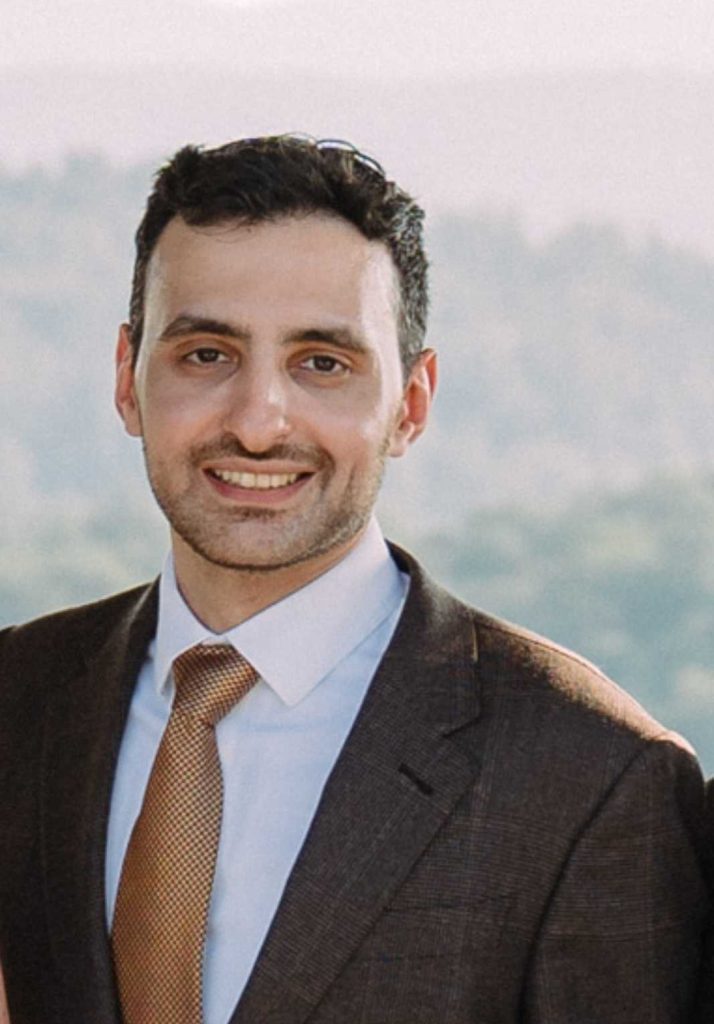
Andrew Mocle, University of Toronto
Article citation
Mocle, Andrew J., Adam I. Ramsaran, Alexander D. Jacob, Asim J. Rashid, Alessandro Luchetti, Lina M. Tran, Blake A. Richards, Paul W. Frankland, and Sheena A. Josselyn. “Excitability Mediates Allocation of Pre-Configured Ensembles to a Hippocampal Engram Supporting Contextual Conditioned Threat in Mice.” Neuron 112, no. 9 (May 1, 2024): 1487-1497.e6.
Better understanding how ensembles of neurons are recruited in memory formation.
The hippocampus is a critical brain region for encoding and recall of episodic memories. The physical trace left in the brain by memory formation is called an ‘engram’, and the process by which new engrams are formed is still unclear. In this work, Andrew Mocle, working in the laboratory of Sheena Josselyn, used advanced imaging techniques to track neurons and their patterns of activity before, during, and after memory encoding. The resulting data prompted a new engram formation model, whereby small ensembles of neurons (instead of individual cells) are allocated to an engram depending on their average excitability at the time of learning. The demonstration that highly-excitable ensembles are preferentially allocated to encode newly learned information represents a major conceptual advance in the study of how memories are stored in the brain.
Decades of work have shown that new memories are stored in subsets of neurons in the hippocampus termed ‘engram neurons’. The process by which some neurons (and not others) are recruited to a memory engram is called neuronal allocation. Previous work has suggested that highly excitable cells during an event are preferentially allocated to the memory of that event. Andrew Mocle investigated this process by using a task that consisted of placing mice in a chamber where they receive a mild footshock (contextual fear conditioning), and when placed back in the same chamber they display freezing behaviour. He used a combination of optogenetics and in-vivo calcium imaging to confirm that indeed highly excitable neurons were preferentially allocated to the memory engram. Next, using two-photon calcium imaging, he showed that engram cells exhibited correlated firing even five days prior to training, which suggests that engram cells form ensembles (groups of neurons that fire together) and are allocated together to a memory. Finally, they tracked the activity of engram neurons during memory recall and observed that engram cells are reactivated and exhibit similar firing patterns to memory encoding. Thus, during learning, highly-excitable engram neurons selectively undergo plasticity to encode new information and are subsequently reactivated by cues to drive memory recall.
Over a century of memory research has gradually increased the precision with which a memory can be localized to a physical component of the brain – From Dr. Wilder Penfield, who observed vague feelings of memory recall in epilepsy patients when he stimulated certain cortical regions, to modern neuroscientific approaches that can drive specific memory recall in rodents by precisely stimulating certain cells or synapses using optogenetics. This line of research has revealed that when a memory is initially formed, it is linked to a sparse subset of cells in the brain called ‘engram neurons’. Ablation or inhibition of engram neurons can abolish memory recall in contexts that would normally elicit it, and stimulation of engram neurons can drive memory recall in the absence of cues. However, how the brain selects which neurons will become part of a memory’s engram was still unclear. Previous work has suggested that excitability at the time of learning was a key determinant of allocation, but this study builds on this to show that ensemble form before they are even recruited to be part of an engram.
About Andrew Mocle
Andrew Mocle performed this work as a PhD student under the supervision of Dr. Sheena Josselyn at the Hospital for Sick Children, University of Toronto. He contributed to all aspects of the research described here.
Source of funding
This research project was funded by the Natural Sciences and Engineering Research Council of Canada and the Canadian Institutes of Health Research.
